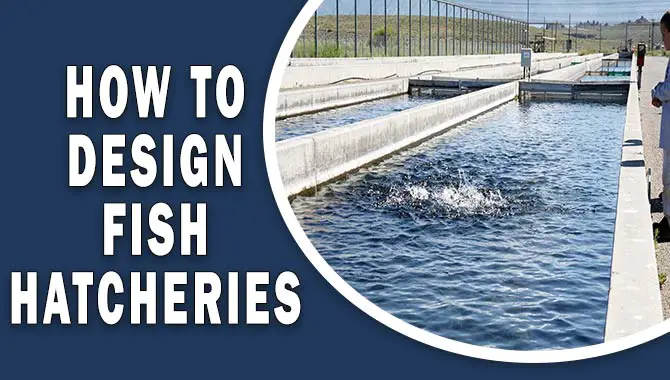Aqua Dragons Vs Sea Monkeys Vs Triops – A Detailed Comparison
Aquatic creatures have always captured the imagination of humans, from the mythical mermaids of...
by Frank E. Ward | Jun 9, 2023 | Research | 3 |
Aquatic creatures have always captured the imagination of humans, from the mythical mermaids of...

by Frank E. Ward | Apr 22, 2023 | Cat | 1 |

by Frank E. Ward | Jun 2, 2023 | Research | 1 |

by Frank E. Ward | Jun 18, 2023 | Cat | 1 |
by Frank E. Ward | Apr 10, 2023 | Research | 0 |
Obesity is a serious issue for axolotls, as it can lead to various health problems and reduce...

by Frank E. Ward | Apr 24, 2023 | Research | 0 |

by Frank E. Ward | May 12, 2023 | Research | 0 |

by Frank E. Ward | Jun 4, 2023 | Research | 0 |
by Frank E. Ward | Apr 24, 2024 | Uncategorized | 0 |
Milenium Zakłady Bukmacherskie Legalny Bukmacher: Oferta, WynikMilenium Zakłady Bukmacherskie, Wzb Oferta Milenium BukmacherContentCzy Milenium To Legalnych Bukmacher Z Licencją Ministerstwa Finansów? Czy Added Bonus Na Start...

by Frank E. Ward | Jan 27, 2024 | Cat | 0 |

by Frank E. Ward | Jan 24, 2024 | Fish | 0 |

by Frank E. Ward | Jan 23, 2024 | Aquarium | 0 |
by Frank E. Ward | Apr 24, 2024 | Uncategorized | 0 |
Milenium Zakłady Bukmacherskie Legalny Bukmacher: Oferta, WynikMilenium Zakłady Bukmacherskie, Wzb Oferta Milenium BukmacherContentCzy Milenium To Legalnych Bukmacher Z Licencją Ministerstwa Finansów? Czy Added Bonus Na Start...
Read Moreby Frank E. Ward | Jan 27, 2024 | Cat | 0 |
Cats are popular for their unique behaviors; one of the most common is kneading. Kneading is when...
Read Moreby Frank E. Ward | Jan 24, 2024 | Fish | 0 |
Platy fish pregnancy refers to the reproductive process of female platy fish. Platies are...
Read Moreby Frank E. Ward | Jan 23, 2024 | Aquarium | 0 |
Ghost shrimp are a popular addition to aquariums due to their peaceful demeanor and low...
Read Moreby Frank E. Ward | Jan 22, 2024 | Aquarium | 0 |
Regular feeding ensures a fish’s health and well-being as a fish owner. However, manually...
Read Moreby Frank E. Ward | Jan 22, 2024 | Dog | 0 |
The Beagle-Cur mix is a popular breed among dog enthusiasts due to its unique temperament and...
Read More




